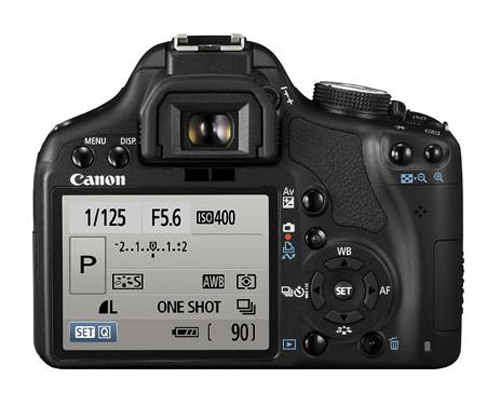MASTERCLASS
Capture the globular cluster M13
Here we’ll show you how to capture an image of the popular globular cluster, M13, in the constellation of Hercules. You can use a one-shot colour CCD or a DSLR camera for this object.
Focus your camera on mag. +2.8 Zeta (ζ) Herculis, the star at the bottom right of the Keystone asterism in the centre of Hercules.
Remember to remove your Bahtinov mask if you used one and slew up towards mag. +3.5 star Eta (η) Herculis at the top right-hand corner of the Keystone asterism. M13 is to be found two-thirds of the way between the two stars.
The cluster’s apparent diameter is 20 arcseconds, so a focal length of 650-1,200mm would be ideal – well within reach of many popular reflectors and refractors.
A smaller focal length may not work as well, as globular clusters lose their visual impact if the field of view is too wide.
Framing isn’t too critical for this circular object but you might wish to include the two contrasting colour stars in your image – blue to the south and reddish to the east – or even the magnitude +11.6 galaxy, NGC 6207 to the northeast.
M13 is fairly bright at mag. +5.9 but it has a bright core soyou’ll need to be careful not to overexpose it and burn out the centre.
Exposures in the region of 60 seconds at an ISO of between 800 and 1600 for a DSLR camera, or 120-150 seconds with a one-shot colour CCD camera, should capture some good detail.
Take at least 10 images but preferably more – up to about 30 – at these settings, using RAW mode on your DSLR camera or unbinned if you are using a CCD camera.
You can automate the process with the software that controls your CCD camera but if you are using your DSLR camera without a laptop, a programmable remote shutter release (readily available from camera stores) will do this for you.
If you are manually operating your DSLR camera be sure to use a remote shutter release, as a minimum, to avoid camera shake. Complete the session by taking 16-20 dark frames, bias frames and if possible, flat frames.
Using suitable software such as MaximDL or Deep Sky Stacker, you should now calibrate and stack your images.
Deep Sky Stacker will import your light, dark, bias and flat frames and automatically carry out the various processing tasks for you to give a calibrated, de-Bayered (to generate the colour channels captured by the Bayer filter) and stacked image ready for importing into a photo-editing program like Photoshop or GIMP.
MaximDL, on the other hand, will break the process down into modules. The first operation stacks the calibration frames into master frames. These masters will then be applied to each of your light frames. Save the result in a new folder if you wish.
Stack the calibrated light frames to produce a final FITS-format file, then save a copy in TIFF format for final processing in Photoshop or GIMP.
to be continued ...



 پاسخ با نقل قول
پاسخ با نقل قول






